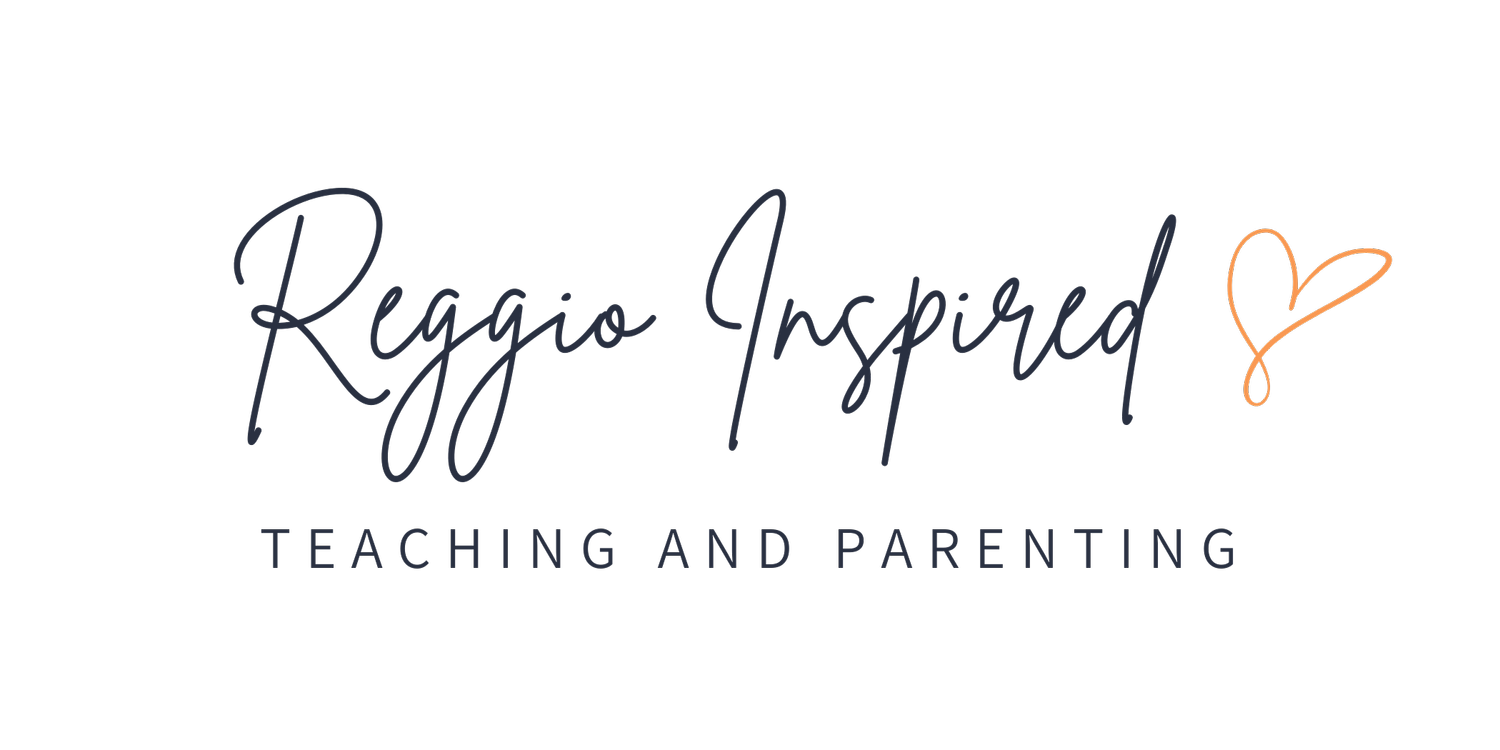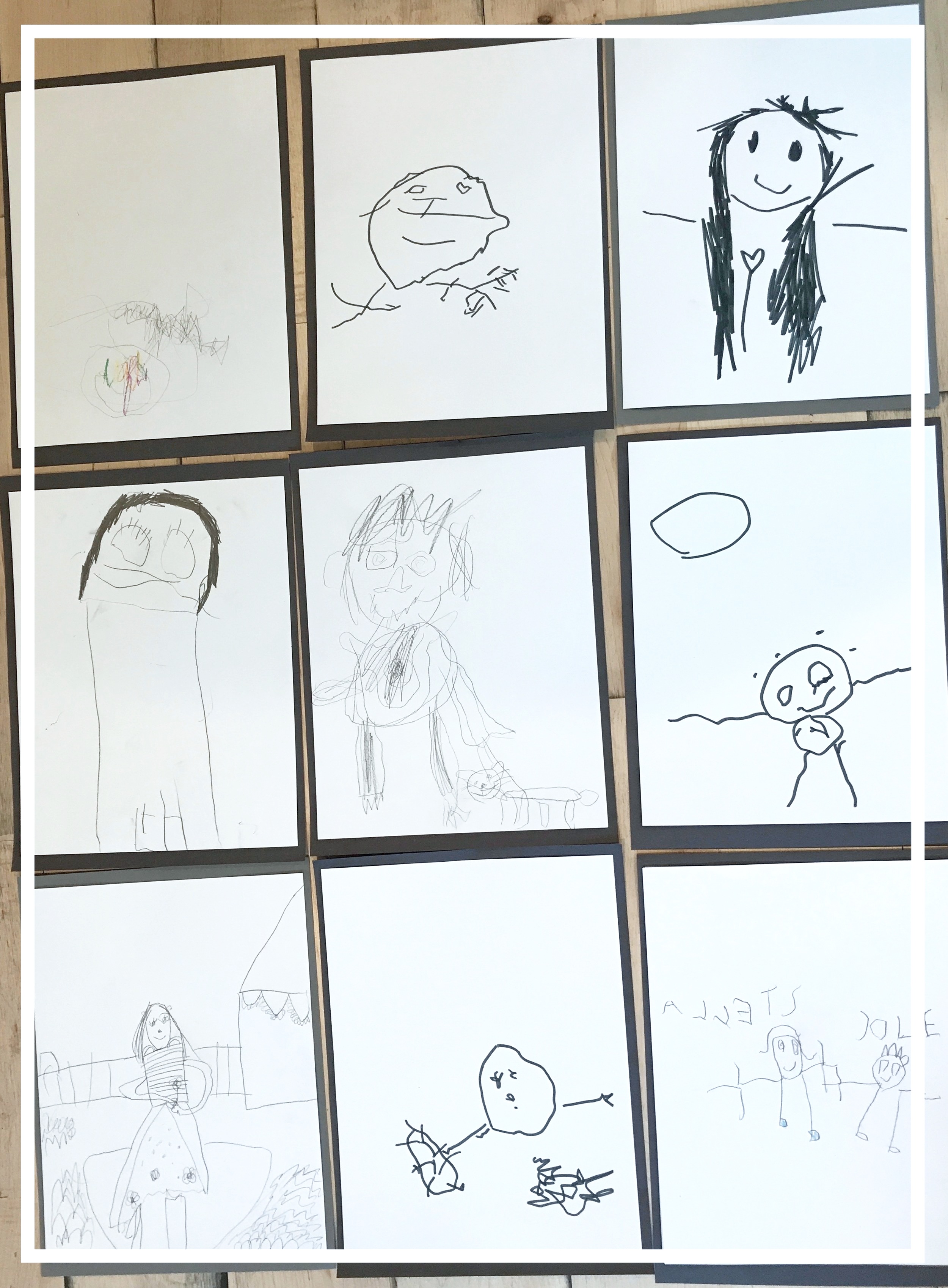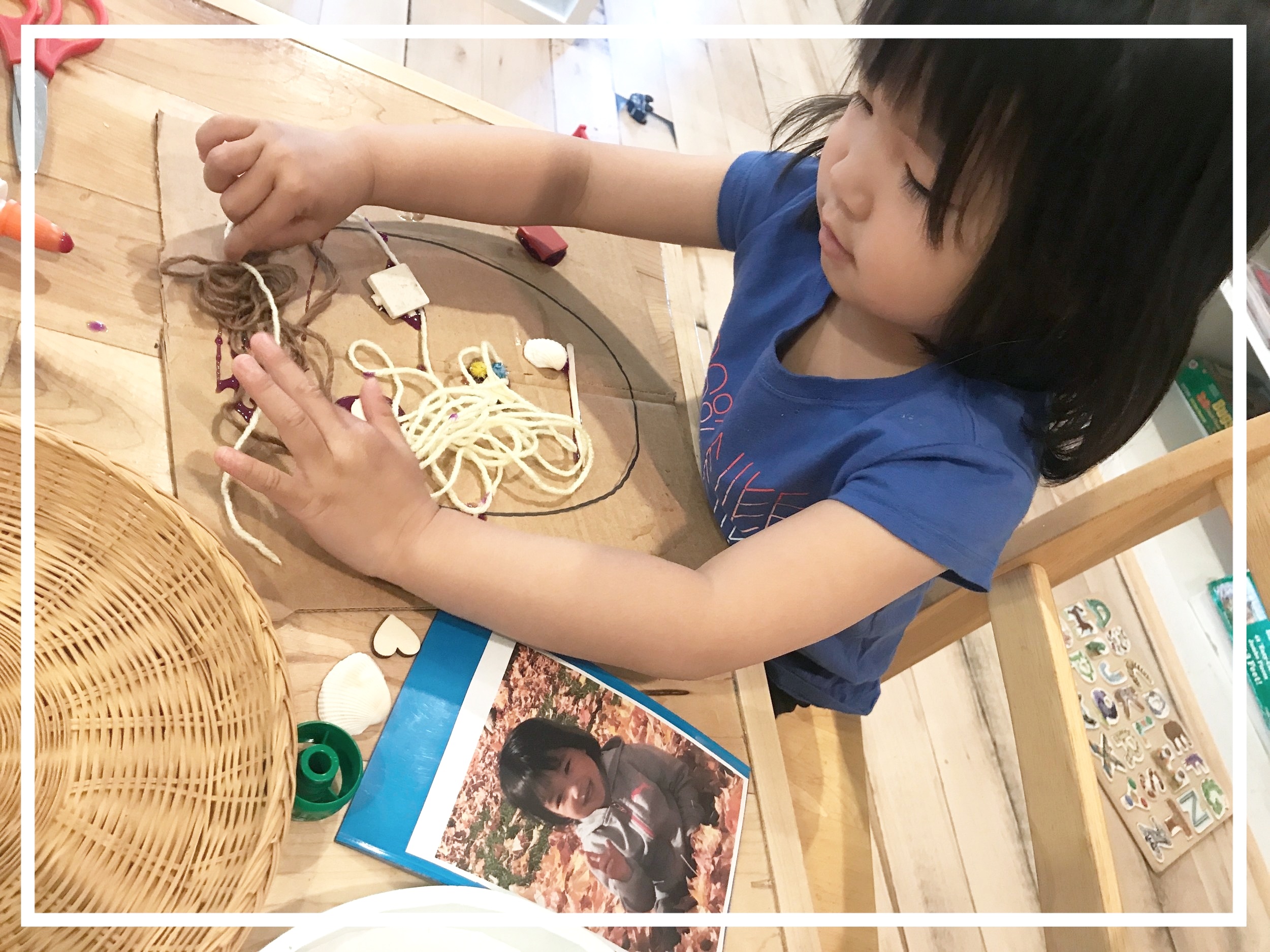Self-Identity Panels in Reggio Emilia: What They Are and How to Use Them
In Reggio Emilia schools, there is a long and meaningful tradition of self-identity panels. These projects often center around self-portraits, which provide children with a powerful way to explore and express their individuality. A self-portrait is more than an art activity — it’s an intimate declaration of identity.
As Loris Malaguzzi and colleagues wrote, the self-portrait is deeply connected to how children perceive themselves. When a child creates a self-portrait, she becomes both artist and subject, showing the world how she sees herself. Each portrait tells a story of self-discovery, imagination, and voice.
What Are Self-Identity Panels?
Self-identity panels are classroom displays that highlight children’s self-portraits and reflections. They invite children to share their identities through multiple “languages” — drawing, loose parts, storytelling, or even imaginative reinterpretations.
These panels:
Celebrate each child’s individuality
Encourage self-reflection and confidence
Provide teachers and families with a window into how children see themselves
Serve as beautiful documentation that honors children’s voices
How to Introduce Self-Portraits in the Classroom
When we began a self-portrait inquiry, children were first invited to draw their portraits with pencils while looking at their own photographs. This sparked thoughtful conversations and personal storytelling:
“Look Ms. Megan, I made a cactus and my hand poking it.” – Declan
“I made a picture of me by my dog.” – Hudson
Even simple sketches provided glimpses into children’s inner worlds.
Self-Portraits with Loose Parts
Another powerful way to approach self-portraits is through loose parts play. Children were given a variety of materials — buttons, beads, sticks, gems — to create their portraits. Before beginning, they had time to explore the materials, sparking curiosity and dialogue with peers.
Each child approached the task differently:
Some focused on accessories like necklaces or barrettes.
Others carefully included every facial detail — eyelashes, eyebrows, cheeks.
One child completely reimagined the invitation, creating a Megalodon shark eating a whale instead of a face.
These moments remind us of the beauty of open-ended learning. In Reggio-inspired classrooms, there is no “wrong way” to interpret a provocation or invitation — children are encouraged to follow their own ideas.
Reflection and Sharing
After completing their self-portraits, children reflected on their work and shared their favorite parts. We also connected their portraits to identity exploration using the Dr. Seuss quote:
“Star or no star, I like you just the way you are. I like me because…”
This simple reflection allowed children to express pride in themselves and their creations.
Why Self-Identity Panels Matter
Self-identity panels are more than displays — they are documentation of children’s growth, self-awareness, and creativity. They:
Highlight the uniqueness of each child
Strengthen classroom culture and belonging
Create connections between children, families, and teachers
Encourage deep reflection on identity and self-image
These panels remind us that every child’s story is worth telling — and worth celebrating.
Final Thoughts
The tradition of self-identity panels in Reggio Emilia classrooms is a beautiful way to honor children’s voices and perspectives. Whether through pencil sketches, loose parts, or imaginative reinterpretations, self-portraits allow children to declare: “This is me.”
Want more ideas for implementing Reggio-inspired practices like self-identity panels, light and shadow, provocations, and documentation? Our Reggio-Inspired Educator’s Course offers practical tools, examples, and step-by-step guidance to bring these concepts to life in your classroom.
About the Authors:
Megan Haynes and Priscilla Patti are two highly experienced and qualified early childhood educators who are passionate about teaching in a Reggio-Inspired way. They firmly believe in its transformative power in early childhood education. The authors share firsthand accounts of their experiences utilizing the Reggio Emilia Approach in Fort Collins, Colorado.







